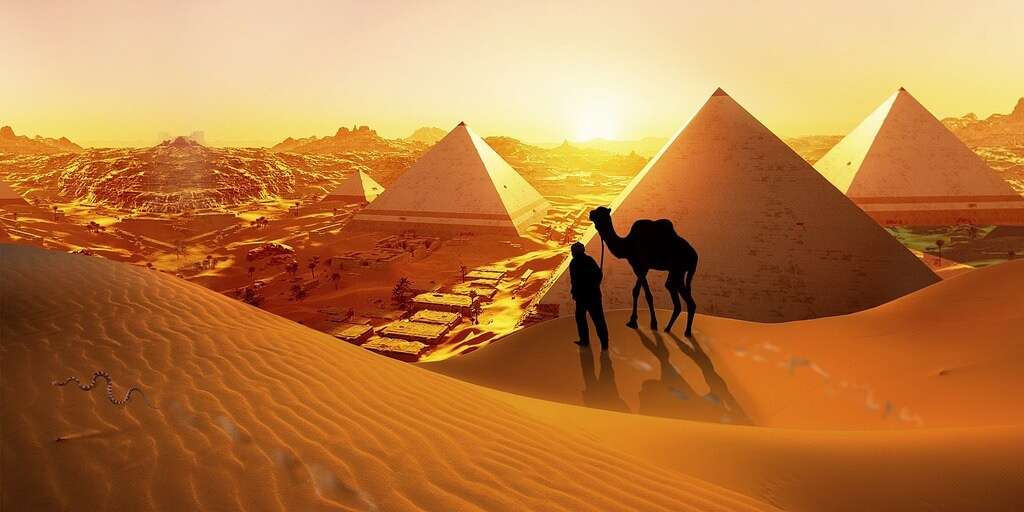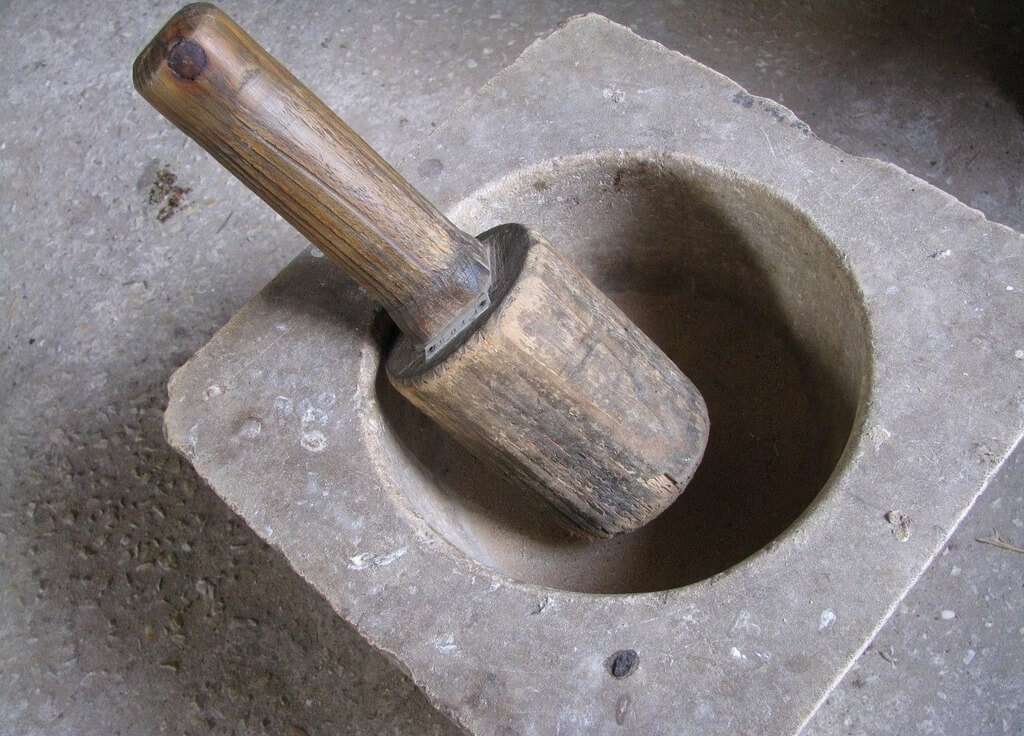Ancient Egypt is renowned for its majestic pyramids, hieroglyphics, and mummification practices. However, Egypt also made significant contributions to science and technology with a legacy that continues to influence modern society today. From medicine and mathematics to engineering and design, Egyptian innovations continue to fascinate and inspire researchers and historians alike. In this article, we’ll take a closer look at some of Egypt’s most remarkable inventions, such as papermaking technology, irrigation systems, and the ancient Egyptian toothbrush.

Paper
Although papermaking is generally thought to have originated in China, ancient Egypt was also an early adopter of this technology. The oldest known papyrus dates back to 4 millennium BCE and was used for writing, painting, and even boat building. Papyrus was created by cutting thin strips from stems of the plant and then laying them out crosswise on a sheet before pressing them together – though not as durable as modern paper, still an important precursor of later techniques developed in China and Europe.

Irrigation Systems
The Nile River was the lifeblood of ancient Egypt, providing water for crops, transportation, and trade. But its unpredictable nature also meant it could cause widespread damage and famine when floods or droughts hit. To manage these risks, Egyptians constructed an intricate network of canals, dams, and reservoirs that controlled water flow and distributed it across farmland throughout the region. One notable example is Ganatir – a series of canals built in the 7th century bce to supply the Fayum region with fresh water. This system proved so effective that it has remained operational even today, with many canals still in use today.
Medicine
Ancient Egyptian medicine was founded upon an intricate understanding of both human anatomy and nature, offering a wide array of treatments and remedies. Physicians were highly respected members of society whose practices were documented on papyrus scrolls. Some notable innovations in Egyptian medicine include:

Egyptian physicians: Were skilled at performing surgeries: Egyptian physicians were adept at performing surgeries, such as amputations, trepanation (drilling a hole in the skull), and some forms of plastic surgery. They used various tools like scalpels, saws, and forceps to complete these operations – often along with opium or other sedatives to reduce pain.
Herbal remedies: The Egyptians employed a variety of herbs and plants to treat illnesses, such as aloe vera, garlic, and mandrake root. Honey was even used as an antibiotic by them – they were even the first people to use moldy bread (an early form of penicillin) to treat infections.
Toothbrushes: While modern toothbrushes were not invented until much later, ancient Egyptians did have a form of dental hygiene. They used a frayed twig or small stick to brush their teeth – acting as an early form of a toothbrush. This practice became so widespread that it is believed to have inspired China’s invention of the first modern toothbrush.
Engineering
The Egyptians were master engineers, creating many stunning structures that still awe and inspire people today. Some of their most notable innovations include:

Pyramids: The pyramids of Giza are renowned as magnificent examples of Egyptian engineering. Built as tombs for pharaohs and their consorts, these monumental structures were made out of massive stone blocks quarried and transported over long distances. Constructing these immense structures necessitated meticulous planning, organization, and labor-intensive labor.
Obelisks: Obelisks are tall, four-sided pillars used to mark important locations or commemorate events. The Egyptians were adept at quarrying and shaping granite, leading them to create some of history’s most stunning obelisks – one example being Hatshepsut’s obelisk which stands over 100 feet tall and weighs in at over 320 tons.
Ships: Egyptian shipbuilders employed their expertise in mathematics and engineering to construct ships capable of sailing up and down the Nile as well as across the mediterranean sea. These vessels were constructed from locally sourced materials like acacia wood or papyrus reeds, often decorated with intricate designs or hieroglyphics.
Egyptian civilization is renowned for its contributions to art, culture, and religion; however, it also had a major influence on science and technology. From paper-making and irrigation systems to medicine and engineering, the Egyptians were pioneers in many fields that still inspire today. Although much of their knowledge has been lost over time, their inventions live on in memory as reminders of one of history’s oldest cultures. Who knows–maybe an ancient Egyptian toothbrush can serve as a reminder that even simple ideas have lasting value.
Also Read: When Was The Printing Press Invented?
